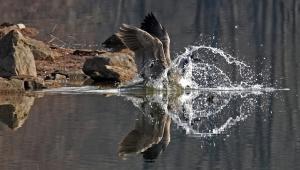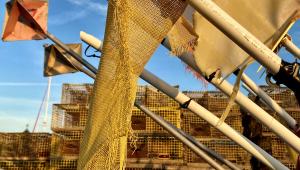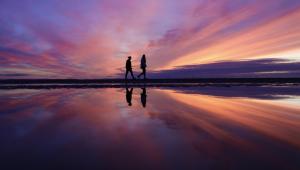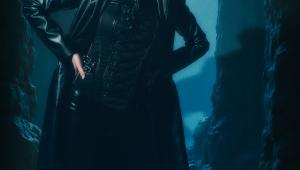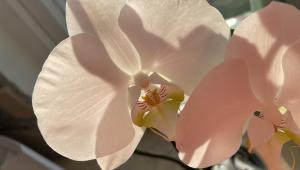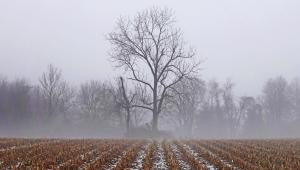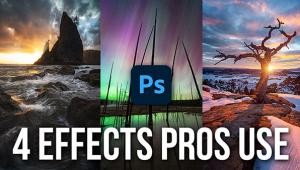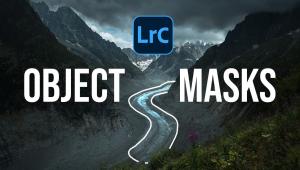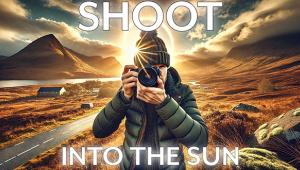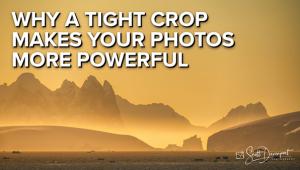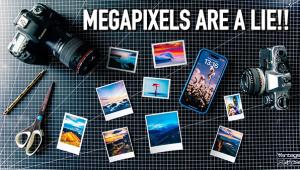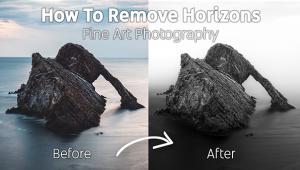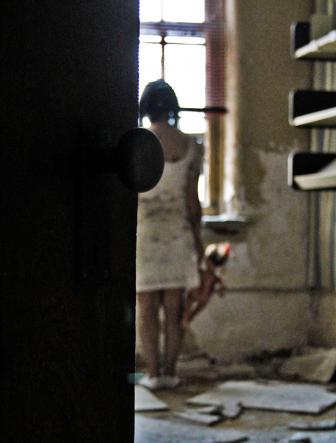Pro Choice; Jeffrey Jacobs’s Architectural Magic; W.O. Smith Community School of Music, Nashville, TN Page 2
Getting Around Camera And Lens Limitations
With this 4x5 Cambo field camera system, you cannot view and focus at the same time. “So what I did was establish the hyperfocal distance for each lens that I use,” Jacobs points out, “and I set that distance on the lens in advance. Through experience, I’ve also established an f/12.5 exposure with, for example, my 35mm lens. That roughly covers everything from 6 feet to infinity. I don’t see this focusing approach as a limitation. In fact, I’d say not having to focus each shot is a benefit. It has allowed me to make photographs where focusing would have been impractical to impossible.”
The only times he has to adjust this stratagem is when shooting interiors involving tight spaces, “where I need more depth of field for added foreground. In that case, I’ll use a tape measure to calculate the focusing distance, and then I’ll rack the focus back a little bit. Since I’m always shooting interiors with the Phase One back tethered to a Mac laptop, I use the computer to review focus at 100 percent. It usually takes no more than two exposures to get it right.” Other lenses in Jacobs’s employ are 47mm and 72mm, and, when needed, he rents a 24mm, applying the same focusing approach with all optics. Where required, he’ll add a polarizer.
Covenant Presbyterian Church, Nashville, TN |
|
 |
|
|
Hot Lights And HMIs Take The Lead
Jacobs owns four Calumet monolights that he brings out only when there are people in a shot or when he needs to stop action. Day or night, the thrust of his lighting centers on tungsten and HMI illumination. HMIs produce a powerful blast of light, and they’re generally relegated to placement outside a structure. He’ll use these lights to simulate sunlight or even moonlight streaming through a window (portable generators may be needed outdoors). Tungstens can be anything from Lowel L-lights (which are easily hidden and often used as kickers or accent lights) fitted with GE bulbs (“for the cleanest light”) to much larger fixtures, such as ETC Source Fours and Arris. To help with all this lighting is first assistant Trice Patterson.
Jacobs rarely uses a meter, preferring instead to depend on experience. He will bracket exposures, not so much to guarantee a usable exposure but rather to create components that he can use for a final composite. He will, for example, shoot an interior, tracking the changing light of day and employ that light to highlight needed features in that interior. Once that’s done, he’ll lock down the camera to ensure perfect alignment, set up his lights, and make additional exposures at night. Or he may reverse the process and start at night and work till dawn or sunrise. And instead of using an automated HDR (High Dynamic Range) merge, he manually merges the individual captures to bring out all the detail, at times with the help of digital artist Jeremy Paine. The result of all this effort: a richly textured scene flavored with every available nuance.
Jacobs leaves us with this thought: “It does not matter how many lights you use; it’s what you do with them. You don’t have to have a hundred lights to make a successful photograph. You have to have good light. And you have to be able to see and understand it. I know I need a light when I feel the need to provide information, and I use that light to create or enhance depth and dimension in a scene.”
- Log in or register to post comments
















